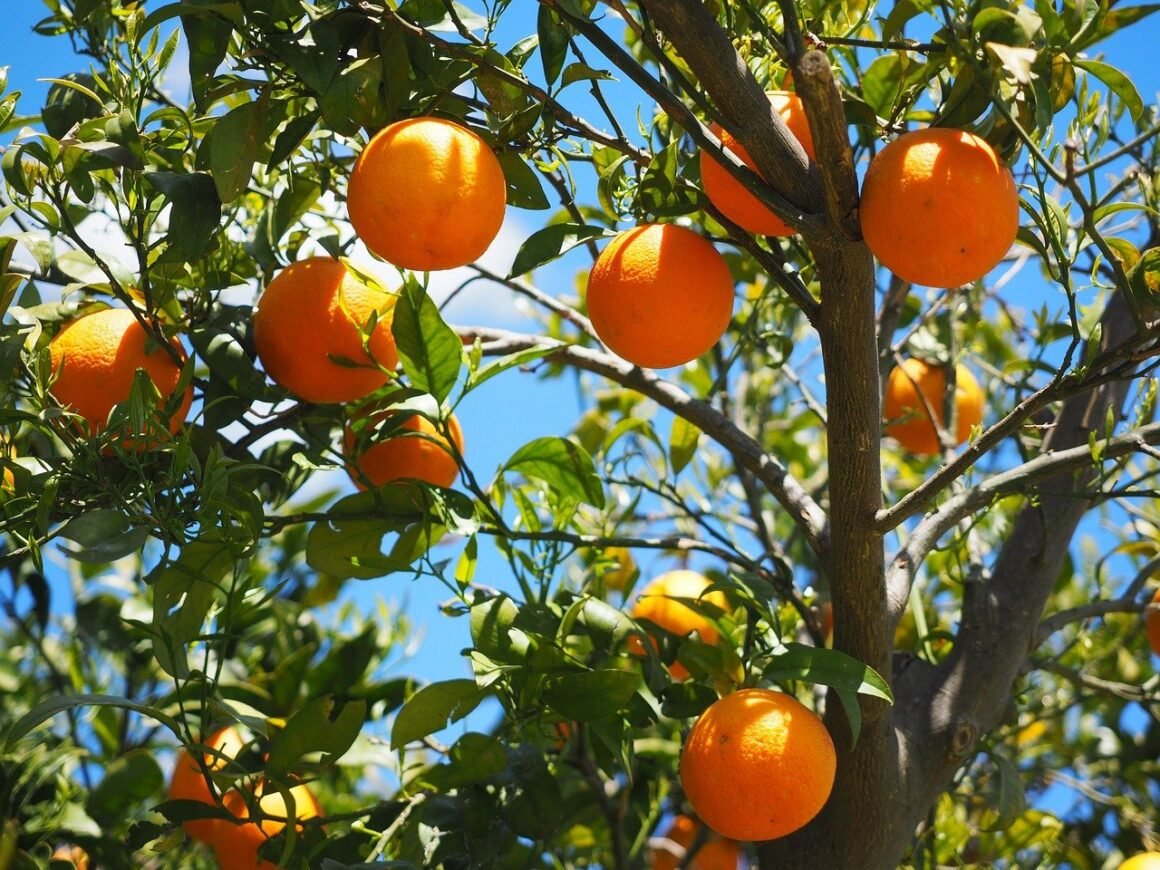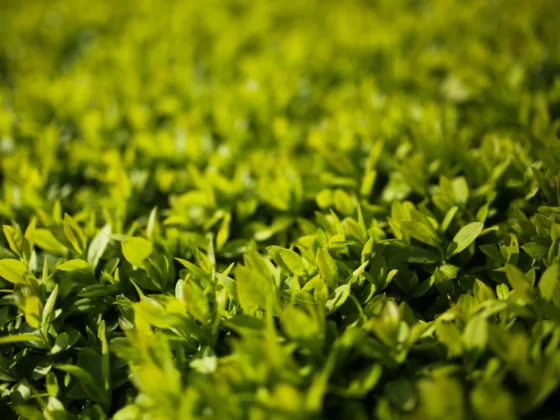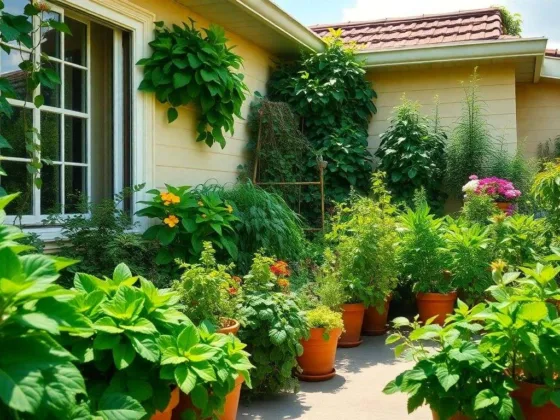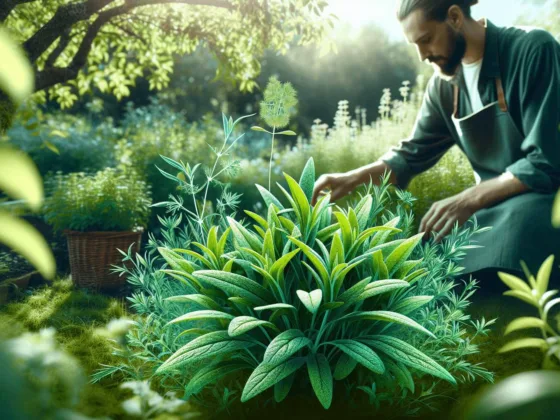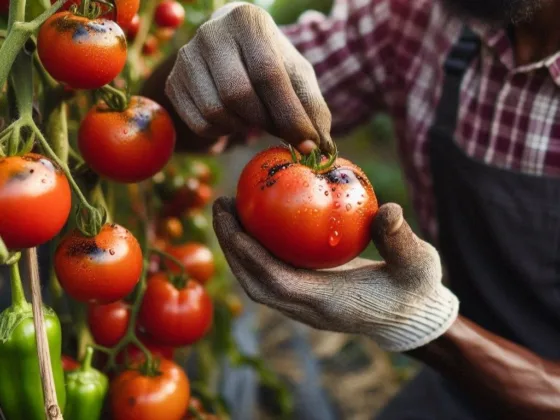Table of Contents Show
As a gardener, nothing is as satisfying as tasting the fruits of your labor. There is something especially precious in picking fruit off of a tree that you nurtured on your own.
And while buying fruit from a supermarket is leagues easier, the experience between both is drastically different.
Owning a fruit tree has many different appeals. Apart from the delicious fruit that you reap, fruit trees can add so much personality to any garden.
Its smell, the glossy leaves, and its beautiful flowers significantly upgrade the charm of your garden tenfold.
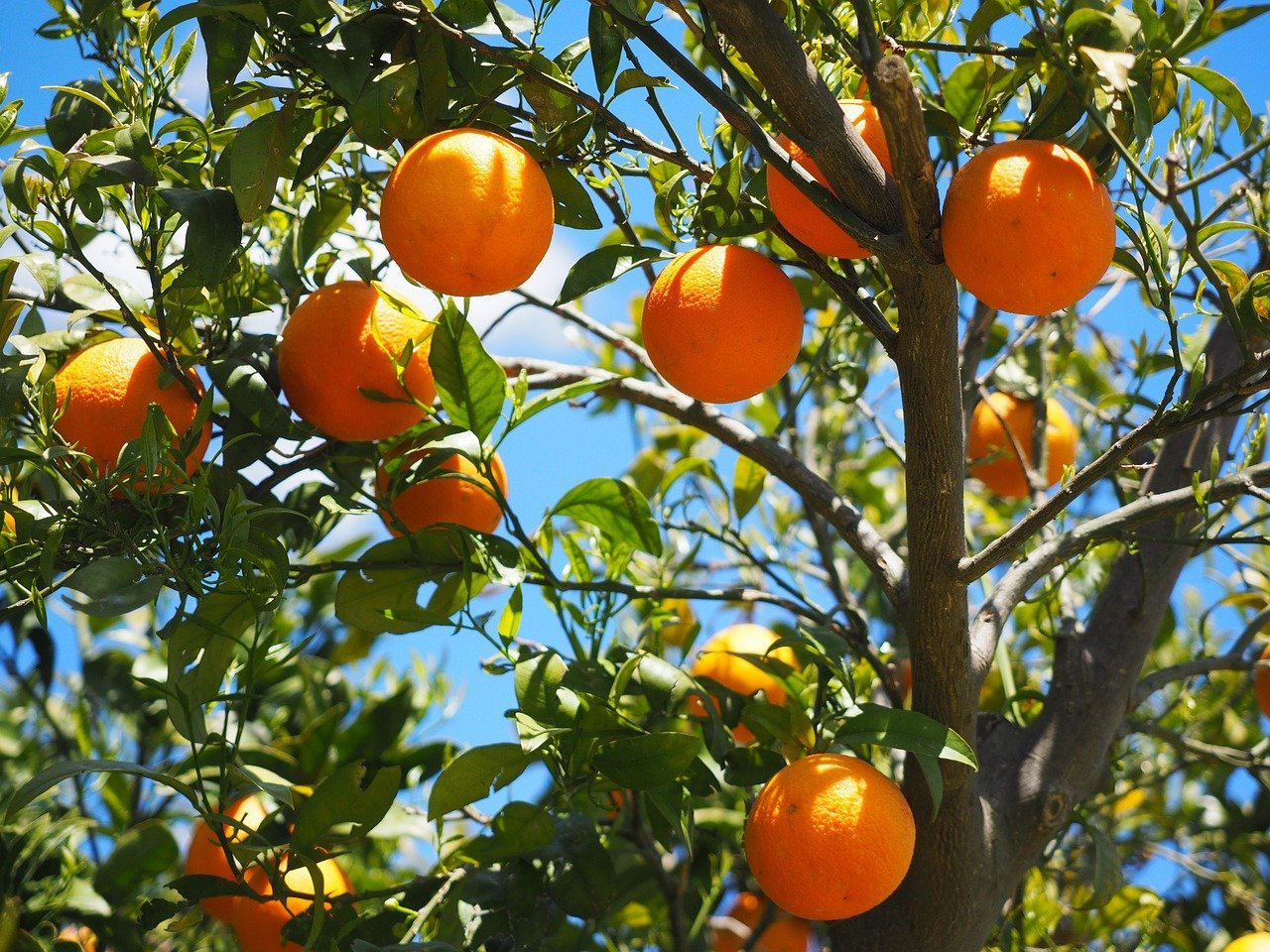
Despite seeming like an impossible task for beginners, some fruit trees are so surprisingly resilient that they can survive even the most heavy-handed individual.
There are many fruit tree varieties easily available on the market, surely you will find the tree that fits your lifestyle best.
Of all the fruit tree choices out there, some varieties are more famous than most. Those like lemon trees, lime trees, and apple trees can be seen in gardens more frequently compared to others.
That said, you don’t have to restrict yourself to the fruit tree hotshots of the world.
Let me open your horizon to more garden-friendly fruit trees that you probably didn’t think of.
3 More Trees You Probably Forgot
Kaffir Lime
I know that limes are already a well-known fruit tree, but this specific variety is a rarity in gardens.
The Kaffir Lime (Citrus hystrix) is a thorny tree with distinct double leaves. The double leaves appear as if one sprouted at the tip of the other, lending to this plant’s unique looks.
The fruit is a similar size to more common lime varieties, though it does have notably bumpy skin, again making the Kaffir Lime unlike any other.
In comparison to its other lime siblings, the Kaffir Lime fruit produces very little juice.
This could be the likely explanation as to why people seldom cultivate one in their homes.
However, other parts of this fruit are extremely useful in cooking, and sometimes, even cleaning.
Its rind is a great source of freshness for dishes, plus the leaves prove useful in flavoring as well.
The trademark double leaves are used fresh or dried in making many Asian dishes and are often an essential part of soups and curries.
Caring for this variety is ridiculously easy. It can adapt to almost any environment and is especially suited for smaller homes as there are dwarf varieties that only grow to 5 feet tall.
The Kaffir Lime thrives as a container plant and needs just enough drainage to prevent root rot.
It generally does not require much attention. It rarely has problems with infestations and will be fine if kept away from insect-attracting plants.
With enough sun and adequate water, it will bear fruit soon after maturity. You will want to mimic its natural habitat by keeping it in a humid or moist space.
If this is not a viable option, simply misting the leaves once in a while is sufficient. As a little tip, pruning encourages more leaves and branches to grow, resulting in a more luscious-looking plant.
Although it is a hardy tree, the Kaffir Lime is sensitive to cold. It is best to keep it indoors when the season changes to frigid levels.
Read Also:
Kumquat Trees
Kumquat is a fun fruit that, unlike other citruses, can be eaten with the skin on. The Kumquat Tree (Citrus japonica) used to be classified under the Fortunella genus, before joining the ranks of Citrus.
This tree is naturally more resilient to colder climates than other fruit trees. For those who are troubled by cold-sensitive plants, Kumquat might be the one to satisfy your needs. Even in seaside locations that other citruses can’t handle, the Kumquat thrives.
Aesthetically, the Kumquat is a great addition to a garden. Its canopy develops into a tasteful vase shape, that along with its striking orange and green colors elevates the charisma of your home.
This tree does better when planted in-ground due to its intolerance to being root-bound. Still, it can do just as well in a very large pot with sufficient drainage (to prevent root rot).
The general move for potted Kumquat trees is to allow them to grow in a large container. Potting leaves the roots exposed, so remember to cover it up during frosty weather to avoid complications.
This fruit-bearing tree produces small, orange kumquats about the size of mini-oranges. The insides are tart, and surprisingly, it is the soft rind that gives it a sweet taste.
Two of the most popular varieties are the Nagami (Fortunella margarita) and Meiwa (Fortunella crassifolia).
Nagami’s are typically the ones most found in supermarkets. The Meiwa is a larger, sweeter kumquat breed, and is rarer than other varieties, making it more expensive.
Orange Trees
Oranges come in many different varieties. A few that come to mind are blood oranges, glen navels, calamondins, and Hamlins.
Hamlins are one of the cold hardiest of these varieties, so keep that in mind if you ever find yourself in such an environment.
While caring for Orange Trees is not complicated, it does involve some special touches to increase the plant’s efficiency according to your needs.
For example, the quality of the fruit it bears changes depending on the water intake. More water equals lower solid fruit content.
Aside from this, oranges only need regular watering, enough to keep the soil moist.
Similarly, the fertilizer used affects the plant. Nitrogen and phosphorus affect the oil content of the fruit peel in opposite ways.
Nitrogen increases, while phosphorus decreases. If oil is not a point of contention for you, then the best fertilizer is simply ones that have a balance of both, along with other micronutrients.
Orange trees are a little vulnerable to infestations of aphids and other insects, but this is easily managed by using insecticides.
It is better to use organic or homemade ones, especially if you have a habit of eating the fruits picked fresh off the tree.
Find Your Tree
You can try sprouting a fruit tree direct from its seed, but this is both a time-consuming and unreliable method. Most seeds fail to survive past the initial seedling stage.
Instead, look for nurseries that sell grown seedlings. These likely came from already well-established fruit trees, and have a higher chance of flourishing under your care.
There are also online establishments such as the Lemon Citrus Tree Company that provides trees of different age, size, and variety.
Their online store makes the process convenient; you’ll only need to wait for your plant to be delivered.
With their wide selection of fruit trees, surely one will meet your criteria. Lemon Citrus Tree also offers warranties as an assurance to their clients.
